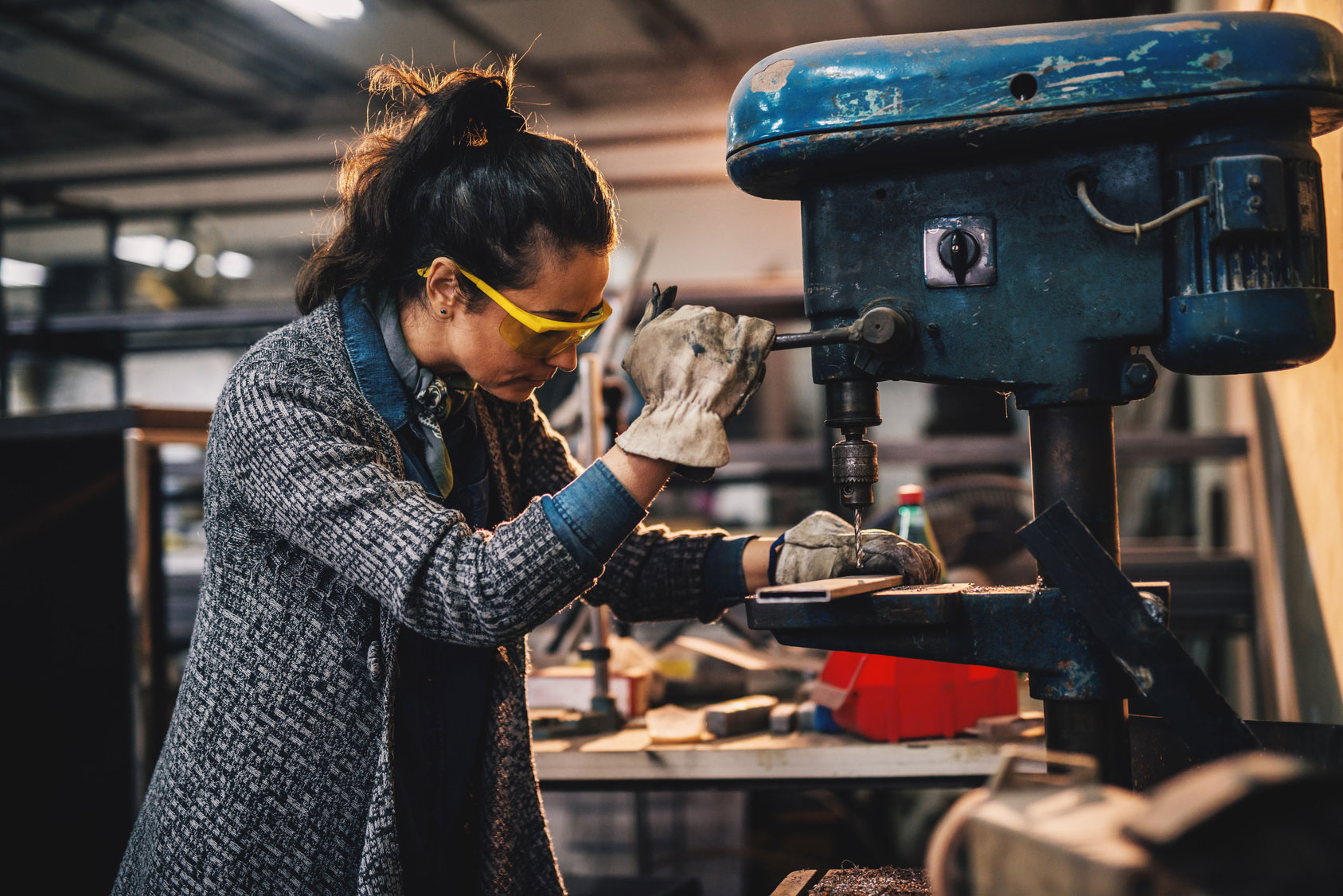
World IP Day 2018
The role of women in IP is occasionally discussed but not frequently studied. Over the past few years, increasingly, researchers, IP offices and governments are beginning to ask interesting questions around the representation and participation of women in the creative business. This year, this has taken centrestage with the World Intellectual Property Organization deciding to theme its annual World IP Day around “Powering Change: Women in Innovation and Creativity”.
The Convention establishing the World Intellectual Property Organization, also known as the WIPO Convention, came into being on 26 April, 1970. From 2000 onwards, it was decided that this day would be observed as World Intellectual Property Day. For the past 18 years, every year, this day is observed to “raise awareness of how patents, copyright, trademarks and designs impact on daily life” and “to celebrate creativity, and the contribution made by creators and innovators to the development of societies across the globe”.
Women inventors in the US and UK
Did you know, for example, that the most prolific inventor in the history of IBM is a woman called Lisa Seacat DeLuca. She has over 400 patents to her name, with a focus on wearables and mobile security (See). But she is definitely an outlier in the IP business in the US. According to new research from the Institute for Women’s Policy Research, although the share of women amongst patent holders has gone up, as of 2010, more than 81 percent of patents included no women; and calculations suggest that women will not receive an equal share until at least 2092.(See)
Data from the UK Intellectual Property Office, suggests that in the UK, women make up just 7 per cent of patent holders (See). One UK IP attorney links this poor representation of women due to their absence in the science, technology, engineering and mathematics (STEM) disciplines, which are primary feeders into the patents database (See). There are, of course, a whole bunch of other reasons why women don’t patent enough, and these reasons strike at the root of patenting itself. For example, the process of patent filings itself can be quite intimidating for someone new to the business. When it comes to women, even for those in STEM professionals, glass ceilings prevent women from reaching positions high enough to be able to put their names on filings (See).
Even if women manage to apply for patents, a study of approximately 2.7 million US patent applications released earlier this year suggests that women have less favorable outcomes than men in the course of prosecution and maintenance of those patents (See). According to this research, if the applicant is a woman, the patent application in question sees slower processing times, higher rejection rates, and ends up having narrower claims, compared with if the applicant is a man (See).
Women inventors in India: A small data set
Out of curiosity, we tried to understand the number of women patent applicants in India. Some data suggests that in 2014, about .50 per cent of filings were made by women, but this data is old, and its source is uncited (See). So we decided to go to the obvious source (the Indian IP Office) directly, and do a test ourselves.
We looked at the latest Patent Journal issued by the Indian IPO, on 20 April 2018, (See) and extracted names of 2956 inventor-applicants from Part 1 (See) and Part 2 (See) of the Journal. This includes names of inventors for applications filed as “Early publication”, “Publication after 18 months” across four patent offices (Delhi, Mumbai, Kolkata, Chennai).
A quick manual analysis of names was conducted, where names that apparently appeared female were tagged. Many names that were outright foreign and could not be gender-identified, or names that could not be clearly identified as female, were ignored; so, in fact, the actual number of female names could actually be greater than what we found. Names were also tagged by their position in the list of inventors, with a focus on the first, second and third position, and the rest relegated to a catch-all “other” category. Female names were also tagged if they appeared to be of Indian origin.
Of these, because of poor data quality, we could only tag 937 as first inventors, although there were 1004 applications in the journal. The list position becomes interesting to learn the extent to which women tend to be named as first inventors in applications.

We found that there a total of 152 female names appeared in the list, which amounted to about 5.14%. About a third of these were listed as first inventors.

We further scanned to see how many of the 152 female names sounded apparently of Indian origin, and arrived at a number of 67, which corresponds to a share of close to half of the total, at 44.07%.
Future study
While a study of data from one journal is no indicator of anything, it was satisfying to learn that this number was greater than the .05% number from 2014 pointed out by an earlier article. There are many possibilities if this line of questioning is explored. Besides learning of how many women file patent applications, the difference between resident or non-resident filers will help break down the data set further. Subject-matter application patterns will also be useful information, to learn of which disciplines are represented by women. Further, beyond the IPO dataset, it will be fascinating to learn of the funnel, of how many women choose STEM disciplines for higher studies, and how many eventually make it into research positions, where they are then equipped to file for patents. All these questions promise a great many interesting answers, and can help define policy choices in the future better.
Happy World IP Day!
















